SODIUM CHLORITE
Factoty Competitive Price
Strict quality control
Prompt delivery
SPECIFICATIONS
ITEM | STANDARD | TEST RESULT |
Appearance | White powder | White powder |
Sodium Chlorite as NaClO2 % | ≥80 | 80.4 |
Sodium Chlorate as NaClO3 % | ≤ 4.0 | 1.02 |
Sodium Hydroxide as NaOH % | ≤ 3.0 | 0.58 |
Sodium Carbonate as Na2CO3 % | ≤ 2.0 | 0.4 |
Sodium Chloride as NaCl % | ≤ 19.0 | 16.4 |
Sodium Sulfate as Na2SO4 % | ≤ 3.0 | 0.45 |
Sodium Nitrate as NaNo3 % | ≤ 0.1 | ≤ 0.1 |
Water as H2O % | ≤ 1.0 | 0.5 |
Arsenic as As % | ≤ 0.0003 | <0.0003 |
Mercury as Hg % | ≤ 0.00001 | <0.00001 |
Lead as Pb % | ≤ 0.0001 | <0.0001 |
APPLICATION
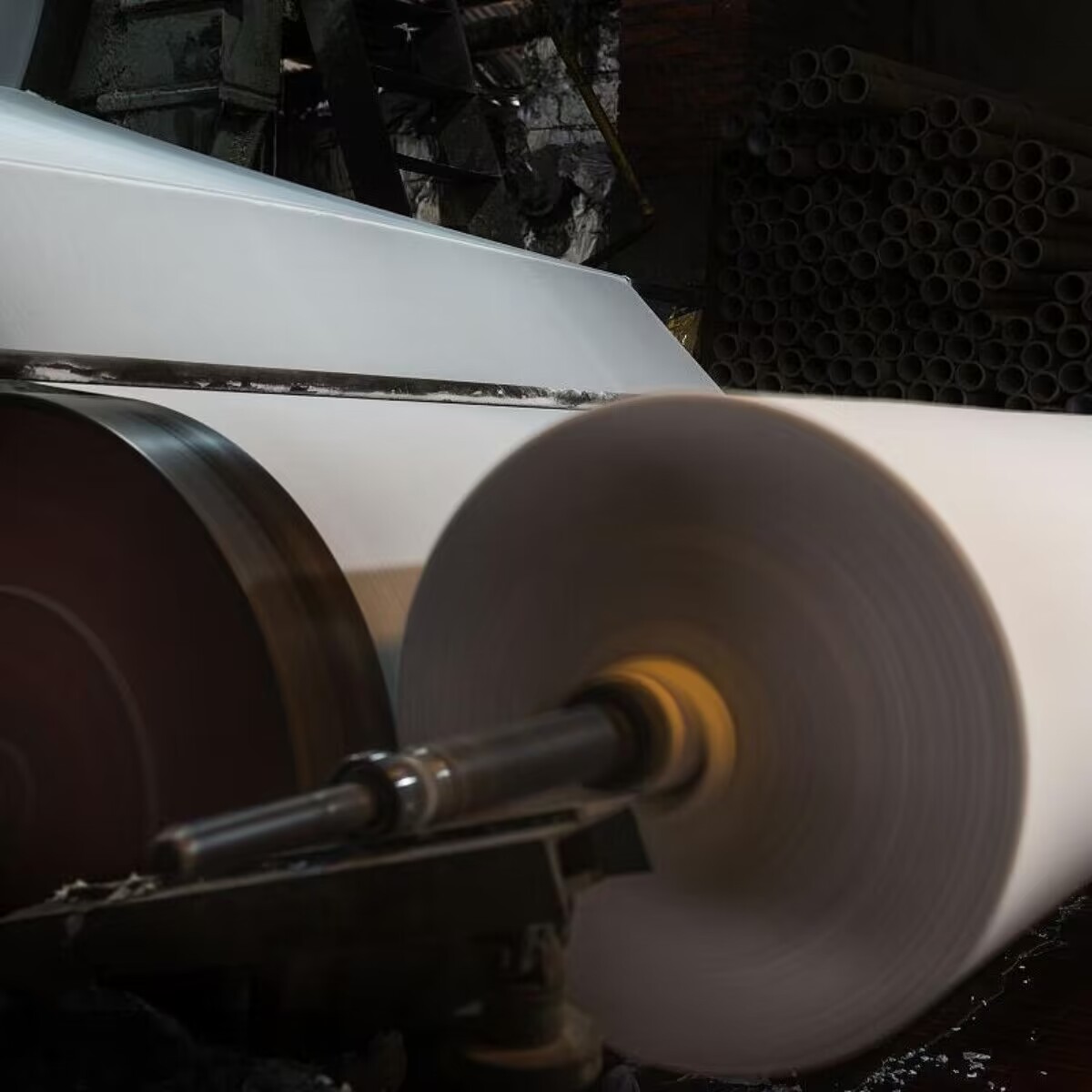 The main applications of sodium chlorite are bleaching and disinfection. Sodium chlorite can be converted to chlorine dioxide, which is used in bleaching textiles and pulp, as well as disinfecting urban water treatment plants. Chlorine dioxide, produced from sodium chlorite, is approved by the FDA for food disinfection under certain conditions. Aqueous solutions of sodium chlorite have stable bleaching ability under acidic conditions such as citric acid, resulting in short-life acidified sodium chlorite (ASC) with strong decontamination properties. ASC can be used to clean hard surfaces that come in contact with food and to wash a variety of foods, including red meat, poultry, seafood, fruits and vegetables.
The main applications of sodium chlorite are bleaching and disinfection. Sodium chlorite can be converted to chlorine dioxide, which is used in bleaching textiles and pulp, as well as disinfecting urban water treatment plants. Chlorine dioxide, produced from sodium chlorite, is approved by the FDA for food disinfection under certain conditions. Aqueous solutions of sodium chlorite have stable bleaching ability under acidic conditions such as citric acid, resulting in short-life acidified sodium chlorite (ASC) with strong decontamination properties. ASC can be used to clean hard surfaces that come in contact with food and to wash a variety of foods, including red meat, poultry, seafood, fruits and vegetables.
WAREHOUSE
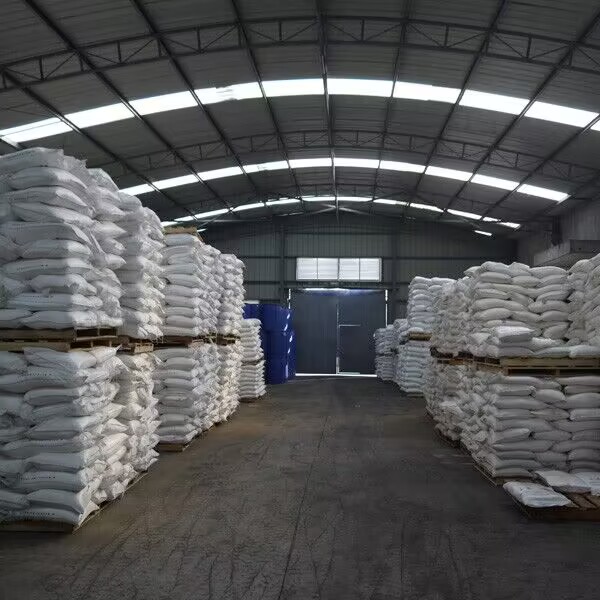
FACTORY

TRANSPORT

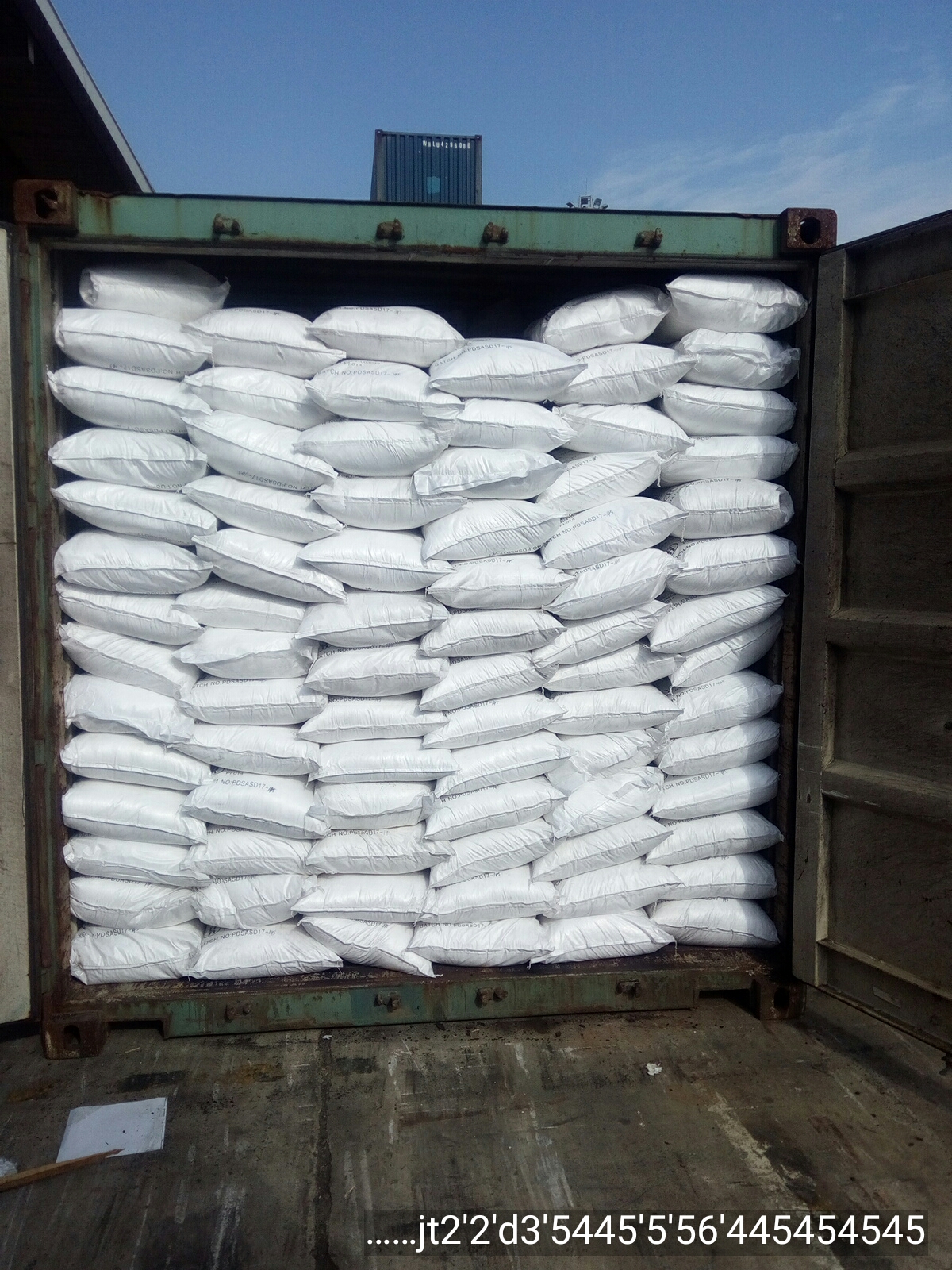
AUTHENTICATION CERTIFICATE
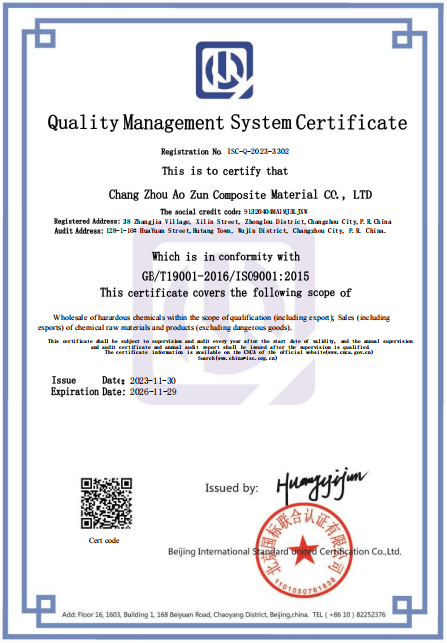
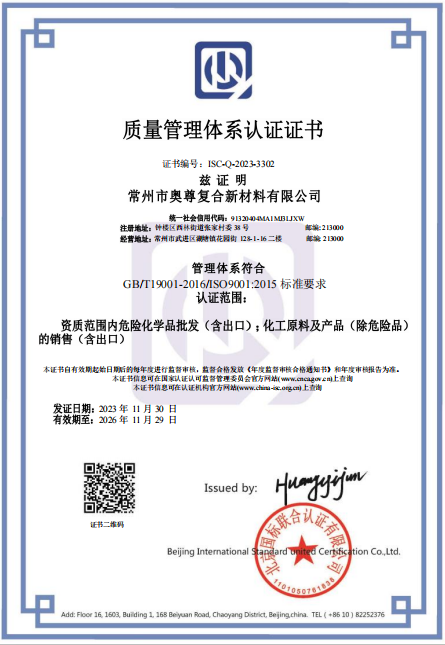

FAQ
Q1: May I get sample?
A1: Free sample is available, you only need to pay freight.
Q2: How long does it take for me to get sample?
A2: Usually it will cost about 5 days after delivery.
Q3: How can I place an order?
A3: You can contact us about your order details by E-mail, WhatsApp, Skype, etc.
Q4: How can you guarantee your products are qualified?
A4: We will test the goods and issue COA before delivery

English
العربية
Français
Русский
Español
Português
Deutsch
italiano
日本語
한국어
Nederlands
Tiếng Việt
ไทย
Polski
Türkçe
አማርኛ
ភាសាខ្មែរ
Bahasa Melayu
ဗမာစာ
Filipino
Bahasa Indonesia
magyar
Română
Čeština
қазақ
हिन्दी
فارسی
Kiswahili
Slovenčina
Slovenščina
Norsk
Svenska
українська
Ελληνικά
Suomi
עברית
Latine
Dansk
اردو
বাংলা
Hrvatski
Afrikaans
Eesti keel
සිංහල
latviešu
Български
Hausa
íslenska
Kurdî
Lietuvių
isiZulu











 The main applications of sodium chlorite are bleaching and disinfection. Sodium chlorite can be converted to chlorine dioxide, which is used in bleaching textiles and pulp, as well as disinfecting urban water treatment plants. Chlorine dioxide, produced from sodium chlorite, is approved by the FDA for food disinfection under certain conditions. Aqueous solutions of sodium chlorite have stable bleaching ability under acidic conditions such as citric acid, resulting in short-life acidified sodium chlorite (ASC) with strong decontamination properties. ASC can be used to clean hard surfaces that come in contact with food and to wash a variety of foods, including red meat, poultry, seafood, fruits and vegetables.
The main applications of sodium chlorite are bleaching and disinfection. Sodium chlorite can be converted to chlorine dioxide, which is used in bleaching textiles and pulp, as well as disinfecting urban water treatment plants. Chlorine dioxide, produced from sodium chlorite, is approved by the FDA for food disinfection under certain conditions. Aqueous solutions of sodium chlorite have stable bleaching ability under acidic conditions such as citric acid, resulting in short-life acidified sodium chlorite (ASC) with strong decontamination properties. ASC can be used to clean hard surfaces that come in contact with food and to wash a variety of foods, including red meat, poultry, seafood, fruits and vegetables.























